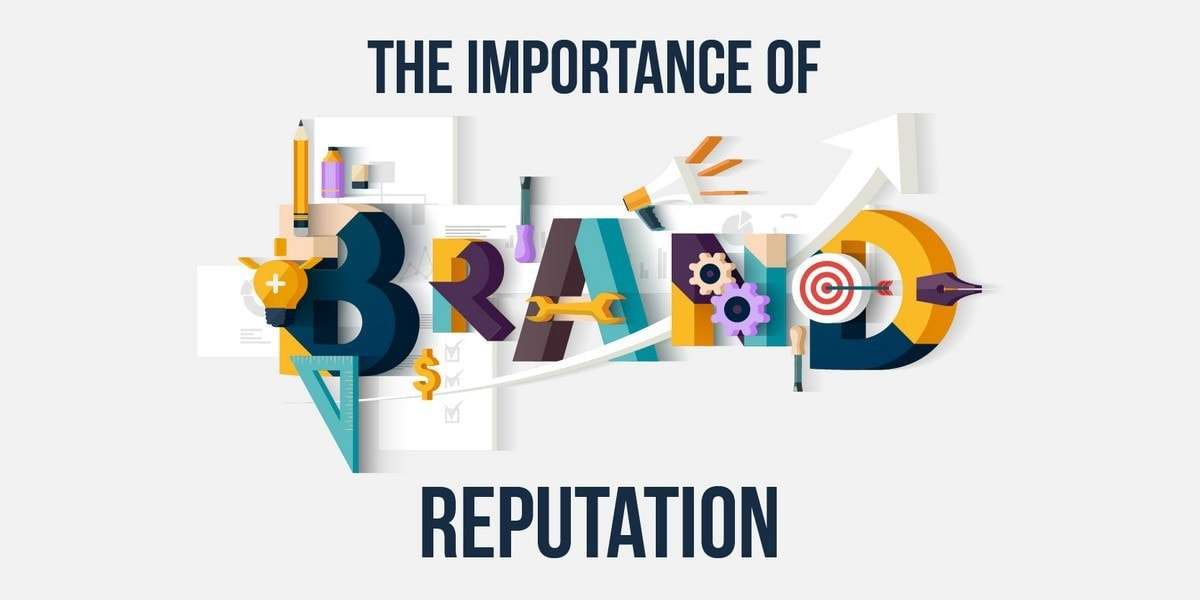In the bustling realm of business, the terms “marketing” and “branding” are often used interchangeably, leading to a fundamental misunderstanding of their distinct roles. Yet, nestled within this confusion lies a profound truth encapsulated by the adage, “If people don’t know you, it’s a marketing problem; if people don’t choose you, it’s a branding problem.” This axiom serves as a guiding beacon for entrepreneurs and seasoned professionals alike, illuminating the critical disparity between the two pillars of corporate success.
Defining the Divide
At its core, marketing revolves around the strategies and tactics employed to garner attention, generate leads, and drive sales. It encompasses a spectrum of activities, from market research and advertising to social media engagement and email campaigns. In essence, marketing is the engine that propels a company into the spotlight, ensuring its visibility in a crowded marketplace.
On the other hand, branding transcends mere visibility, delving into the realm of perception and emotion. It is the essence of a company—the amalgamation of its values, personality, and promises. Branding evokes feelings of trust, loyalty, and resonance within the hearts and minds of consumers, fostering a deep-seated connection that transcends transactional exchanges.
The Role of Marketing
When a business finds itself grappling with obscurity, it’s a telltale sign of a marketing deficiency. Perhaps the target audience remains unaware of the company’s existence, or its offerings fail to captivate amidst the cacophony of competitors. In such instances, a robust marketing strategy becomes paramount, deploying a myriad of channels and tactics to amplify visibility and attract prospective customers.
From search engine optimization (SEO) to pay-per-click (PPC) advertising, marketing endeavors to cast a wide net, casting ripples across digital and physical landscapes alike. It leverages data analytics to glean insights into consumer behavior, tailoring messages and offerings to resonate with specific demographics. In essence, marketing is the catalyst that ignites the flames of consumer interest, laying the groundwork for potential conversions.
The Essence of Branding
Yet, visibility alone does not guarantee success; it is but the first step on the arduous path towards brand loyalty and advocacy. Herein lies the realm of branding—a delicate alchemy that transforms products and services into beloved household names. A brand is more than a logo or tagline; it is the embodiment of a company’s values, culture, and ethos.When consumers overlook a brand despite its visibility, it signifies a branding conundrum. Perhaps the company’s messaging lacks authenticity, failing to resonate with the target audience on a deeper level. Alternatively, the brand’s reputation may be tarnished by negative perceptions or inconsistencies in its messaging. In such cases, the remedy lies not in increasing visibility but in fortifying the brand’s foundation, cultivating a narrative that inspires trust and cultivates loyalty.
Harmonizing Marketing and Branding
In an ideal symbiosis, marketing and branding converge to form a harmonious symphony—a seamless integration of visibility and resonance. A robust marketing strategy serves as the vessel through which a brand’s narrative is disseminated, amplifying its reach and influence. Meanwhile, branding infuses marketing efforts with depth and meaning, transforming transactions into transformative experiences.
To achieve this synergy, companies must embark on a holistic journey—one that transcends tactical maneuvers and embraces strategic alignment. Marketing initiatives must be imbued with the essence of the brand, resonating authentically with the values and aspirations of the target audience. Likewise, branding endeavors must be complemented by actionable marketing strategies, ensuring that the brand’s narrative reaches the widest possible audience.
Conclusion
In the ever-evolving landscape of commerce, the distinction between marketing and branding serves as a beacon of clarity amidst the fog of competition. “If people don’t know you, it’s a marketing problem; if people don’t choose you, it’s a branding problem.” These words ring true as a timeless reminder of the interconnectedness—and indispensability—of these two pillars of corporate success. By embracing this truth, businesses can chart a course towards enduring visibility, resonance, and prosperity in an ever-changing world.
Unveiling the Crucial Distinction Between Marketing and Branding
·
by


Leave a Reply